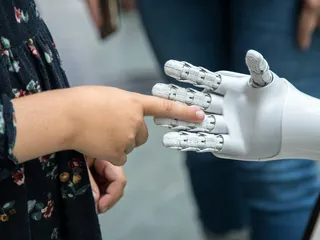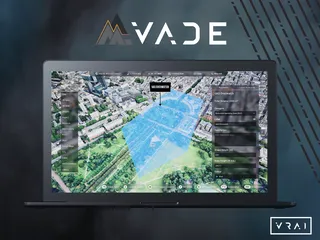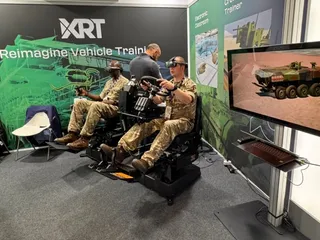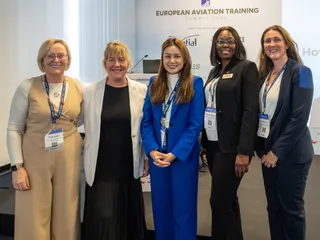MIT Advances Simulation for Robotic Training
Contact Our Team
For more information about how Halldale can add value to your marketing and promotional campaigns or to discuss event exhibitor and sponsorship opportunities, contact our team to find out more
The Americas -
holly.foster@halldale.com
Rest of World -
jeremy@halldale.com

MIT researchers have introduced PhysicsGen, a simulation-based system that enhances how robots learn dexterous tasks by transforming a small number of human demonstrations into thousands of optimized training scenarios. The system can expand a few dozen virtual reality demonstrations into nearly 3,000 simulations for robotic arms and hands.
PhysicsGen works by translating human hand movements into robot-specific simulations and refining them using trajectory optimization. This method aims to significantly improve robotic object manipulation, increasing success rates by up to 60 percent. It also has the potential to accelerate the development of robotic foundation models, allowing machines to adapt to varied tasks with minimal human input.
Traditional robot training methods, such as teleoperation or video-based learning, often require large datasets or lack precision. PhysicsGen automates the creation of high-quality training data by capturing VR hand movements, remapping them to robotic joints, and optimizing the resulting motions.


